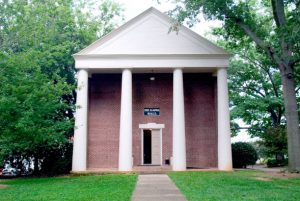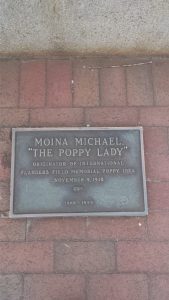
Phi Kappa Hall can be found at the intersection between Broad and Jackson Street on UGA’s North Campus. The hall cost a total of $5,000 and was erected in 1836. It was dedicated by John Calhoun, then-vice president, native of South Carolina, and Yale alumni, and the dedication ceremony was attended by such prominent and local names as Joseph Lumpkin and Howell Cobb. The building was once a fraternity house, but during the Civil War, it housed some of the Union Army, serving as a stable and, for a short time, a brothel. Today, it gives location for the Phi Kappa Literary Society, one of the only still-active literary societies in America. For many years until 1991, the hall was defunct and served no abject purpose proceeding the disintegration of the Society; it was placed under construction to repair some of the older parts of the building. In 2005, the building was rededicated with a debate between members of the newly-reformed Phi Kappa Literary Society over the Iraqi independence struggle, mirroring the first debate ever held by the Phi Kappa Literary Society after its formation on whether the United States should help Greece in its war for independence. Presently, Phi Kappa Hall is the seventh-oldest building on campus.


